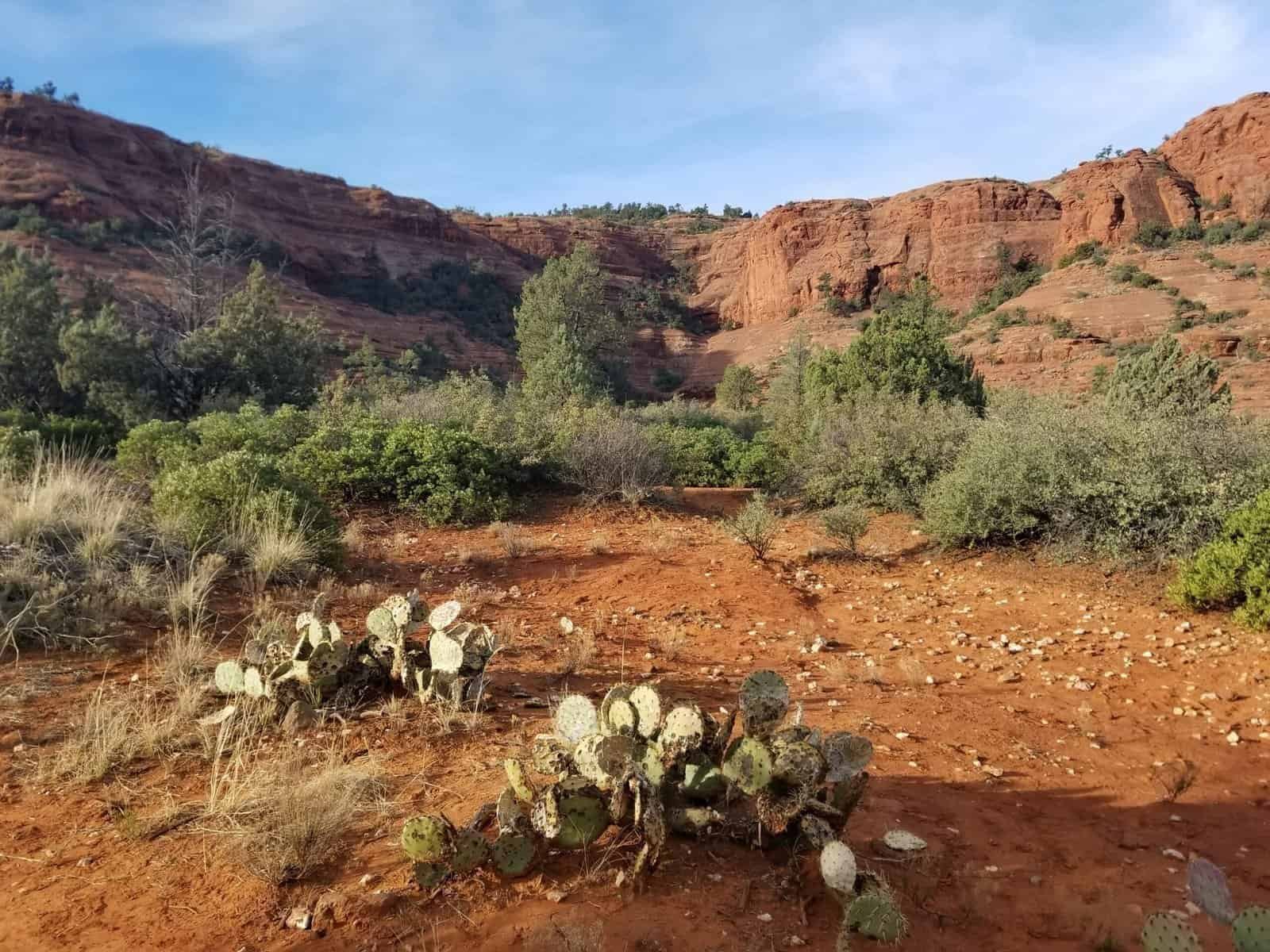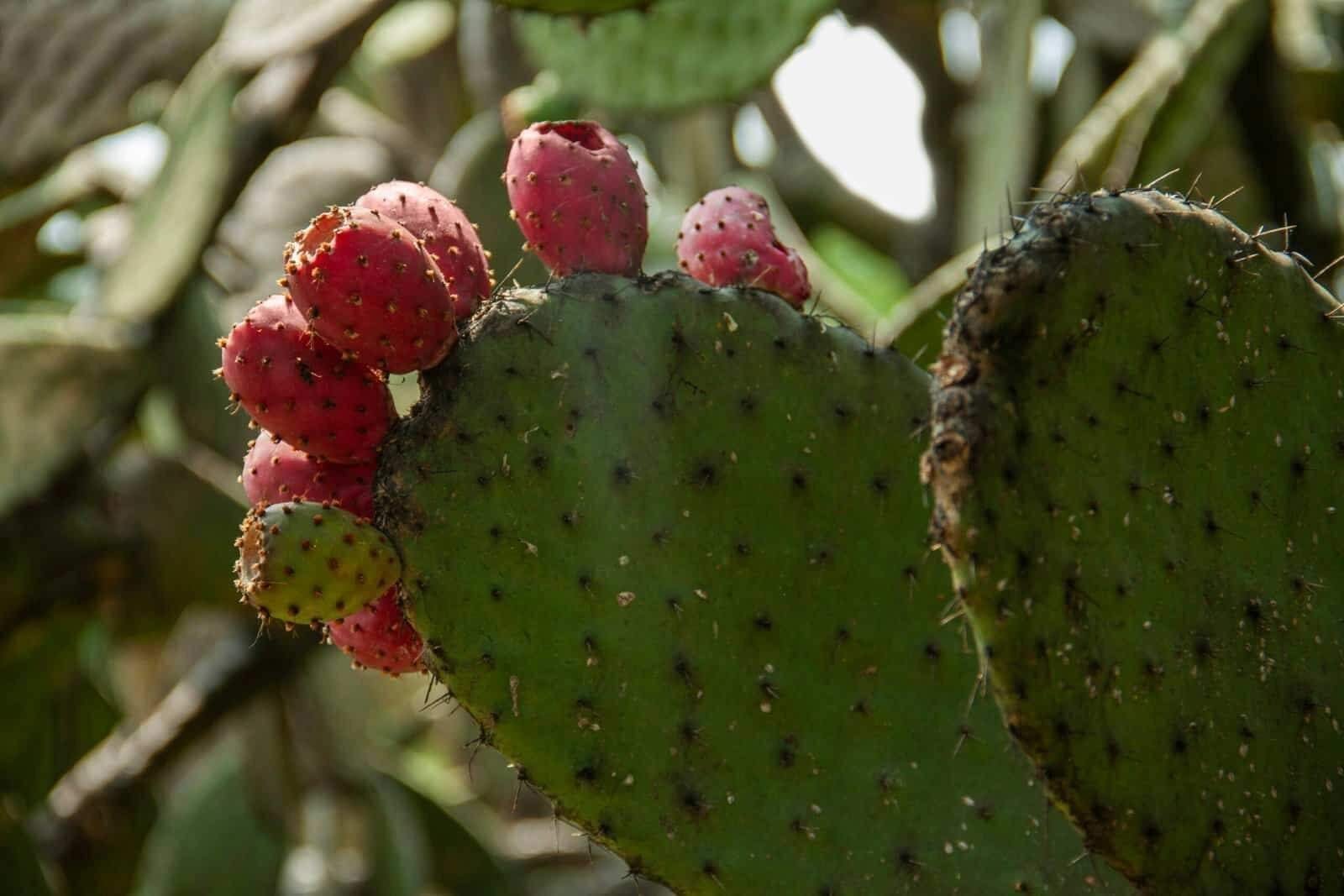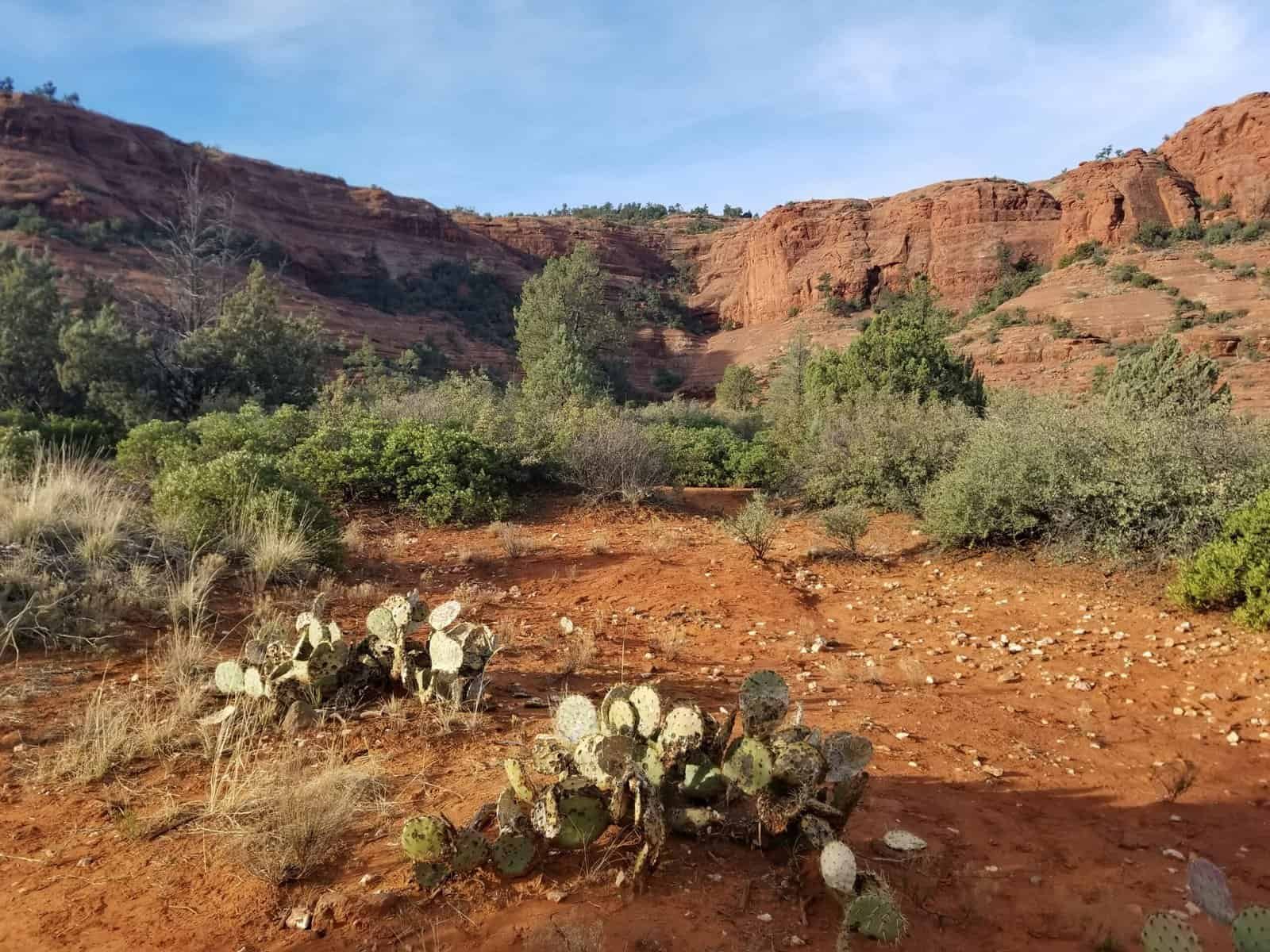Have you ever found yourself wondering how to keep the growth of Nopal cactus in check? This intriguing plant, commonly known as prickly pear, is famous for its adaptability and resilience. However, left unchecked, it can become quite the garden invader, spreading its thick pads and colorful flowers beyond its welcome. Understanding how to manage its growth effectively could save you both time and effort, ensuring it remains a beautiful and manageable part of your landscape.
Understanding Nopal Cactus Characteristics
Before jumping into control methods, it’s vital to understand the basic characteristics of Nopal cactus. Nopal cactus, or Opuntia, is native to the Americas and commonly found in arid and semi-arid regions. It is characterized by its flat, round pads that serve as the plant’s stem. These pads are covered with spines and hold water – a crucial adaptation for survival in dry climates.
Growth Conditions for Nopal Cactus
Nopal cactus is a sun-loving plant that thrives in well-drained soils, predominantly in warmer climates. Its growth is most robust in regions with temperatures ranging between 50°F and 100°F (10°C and 38°C). Excess moisture, however, can lead to root rot, which hampers its growth. Understanding these conditions can help you create an environment that may subtly discourage rampant growth.
Natural Growth Patterns
The growth of Nopal cactus is characterized by the formation of new pads, flowers, and occasionally, fruit. The cactus can spread horizontally, forming dense clumps that may become difficult to manage over time. Knowing that the cactus tends to spread more than it grows upwards can help you anticipate its space requirements.
Methods to Control Nopal Cactus Growth
Once you understand the basic characteristics and natural growth patterns of Nopal cactus, you can employ various methods to keep its growth in check without harming the plant unnecessarily.
Pruning for Size Management
Pruning is an effective method to control Nopal cactus’s size and spread. Regularly trimming the pads not only aids size control but also promotes better air circulation around the plant which can prevent diseases.
- Tools Required: Use sharp pruning shears or a handsaw to cut through the pads cleanly. Ensure your tools are sanitized to prevent the spread of disease.
- Timeframe: Late spring or early summer, when the weather is warm, is ideal for pruning, as the plant heals faster.
Consistently removing pads can discourage the cactus from overgrowing and allow you to shape it according to the space available.
Removing Fallen Pads
One unique aspect of the Nopal cactus is its ability to propagate from fallen pads. To prevent unwanted propagation, prompt removal of these pads is necessary.
- Procedure: Regularly inspect the base of the plant and surrounding soil. Remove any fallen pads immediately and dispose of them properly.
By preventing the pads from taking root in the ground, you can significantly limit uncontrolled growth.
Installing Physical Barriers
Physical barriers can be an effective method to contain the spread of Nopal cactus, especially in gardens where space is shared with other plants.
- Types of Barriers: Use metal or plastic edging buried several inches into the ground. Ensure the barrier extends at least 6 inches (15 cm) above ground to prevent pads from spreading over the top.
Barriers can help you dictate the boundaries within which the cactus should remain, minimizing its encroachment into unwanted areas.

Employing Biological Control Methods
Biological control refers to the use of living organisms to curb the growth of Nopal cactus. This method can be environmentally friendly and sustainable over time.
Insect Control
Certain insects, notably the cactus moth (Cactoblastis cactorum), can be introduced to control Nopal cactus populations.
- Function: These insects feed on the pads, effectively reducing the plant’s capacity to grow and spread.
- Considerations: Research the ecological impact of introducing non-native species and consult with local environmental agencies.
Insect control may be suited for large areas where physical and mechanical methods are inefficient.
Companion Planting
Strategically planting other species nearby can subtly control Nopal cactus growth by competing for sunlight, nutrients, and space.
- Suitable Plants: Consider drought-tolerant grasses and wildflowers that thrive in similar conditions as the cactus but have a competitive edge in consuming resources.
Companion planting creates a harmonious garden ecosystem where the vigorous growth of the cactus is naturally balanced.
Chemical Control Methods
When other methods don’t suffice, chemical control might be considered as a more drastic measure. It should be employed with caution due to potential environmental impacts.
Herbicides
Selective herbicides can be used to manage cactus growth without harming surrounding vegetation.
- Application: Spot treat individual pads or sections of the plant. Always follow label directions and safety guidelines closely.
- Effectiveness: While herbicides can reduce cactus population quickly, they require careful handling to prevent unintended damage to other plants.

Maintaining Long-Term Control
The key to successfully managing Nopal cactus growth lies in consistency. Regularly employing a combination of methods suited to your particular environment will yield the best results.
Regular Monitoring
Make a routine of inspecting your cactus and surrounding areas. Early detection of unusual growth patterns or new plantlets can prevent massive undertakings later.
Maintaining Ideal Growing Conditions
Sometimes, maintaining less-than-ideal growth conditions can serve as an indirect growth control. By adjusting watering schedules, soil type, and sunlight exposure, you can subtly control the vigor with which the cactus grows.
Benefits of Controlled Growth
Controlling the growth of Nopal cactus not only prevents it from becoming an unwelcome intruder but also maximizes its aesthetic and functional benefits in your garden.
Aesthetic Appeal
Maintaining your cactus through trimming and other methods can enhance its beauty, highlighting healthy, sculpted shapes that complement your garden design.
Ease of Harvest
For those using Nopal cactus for culinary or medicinal purposes, keeping the plant within a manageable size means easier access and harvesting.
Biodiversity
In regulated amounts, Nopal cactus can contribute to a diverse garden ecosystem, providing habitat and food for various wildlife, including birds and insects.

Conclusion
Managing the growth of Nopal cactus requires a balanced approach that sometimes mixes both art and science. By understanding the plant’s characteristics, choosing appropriate methods, and applying them consistently, you can successfully control its growth without resorting to harsh measures. Whether your goal is aesthetics, harvesting, or ecological balance, a well-managed Nopal cactus can be a significant asset to your garden. Remember, the key lies in vigilance and adaptability, and your Nopal cactus will not only thrive but will do so in a way that enhances the harmony of your outdoor space.

